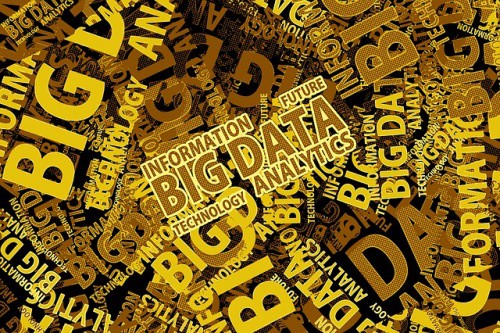Latest research by ABI Research showed that artificial intelligence (AI) and machine learning (ML) services are estimated to grow within the Internet of Things (IoT) domain to about US$3.6 billion by 2026, growing at a CAGR of nearly 40%.
This is one of the key findings from ABI Research's IoT Data-Enabled Services: Value Chain, Companies to Watch, and Cloud Wars application analysis report.
As the next wave of IoT analytics development will fully converge with the big data domain, the value in the technology stack is expected to shift beyond the hardware and middleware to analytics and value added services.
According to ABI Research, COVID-19 did not have a negative impact on the IoT data analytics market with newly emerging cloud-native data-enabled analytics vendors having reaped some benefits from the current pandemic.
“Since industries are transitioning to ‘remote everything’, out-of-the-box solutions for remote monitoring, asset management, asset visibility, and predictive maintenance are in high demand and exemplify market acceleration. Vendors, such as DataRobot, are now easing access to ML and AI tool sets through different deployment options at the edge, on-premises, and the cloud, and through consumption using Platform as a Service (PaaS), and Software as a Service (SaaS)," said Kateryna Dubrova, research analyst at ABI Research. "All and all, the COVID-19 pandemic highlighted the importance of rapid deployment solutions, such as hardware agnostic SaaS."
Companies like AWS, C3, and Google also have been successful in promoting their products and analytics capabilities (tool sets and environment) by creating centralised repositories for COVID-19 data. Currently, these data lakes are public and are not monetised. However, it is expected that those companies will attempt to use the data lakes to create products for sale to the healthcare market in the future.
From a technology perspective, the data lakes could be the first step for creating and testing data visibility, and streaming analytics services. COVID-19 has showcased the public cloud's healthcare industry ambitions expanding into pharmaceutical, biomedicine, and telemedicine.
Big data and data analytics might not have a remedy for the virus, but IoT-data enabled technologies proved essential to lessen public anxiety, to monitor patients, and prepare the infrastructure for new outbreaks.
"AI and ML usage has accelerated during the pandemic—however, greenfield AI projects have seen a significant slowdown. The AI and ML in the IoT is at its early adoption stage, the lack of the development of data-enabled infrastructure prevented rapid adoption of the machine learning on operational level when COVID-19 accelerated," Dubrova concludes.



